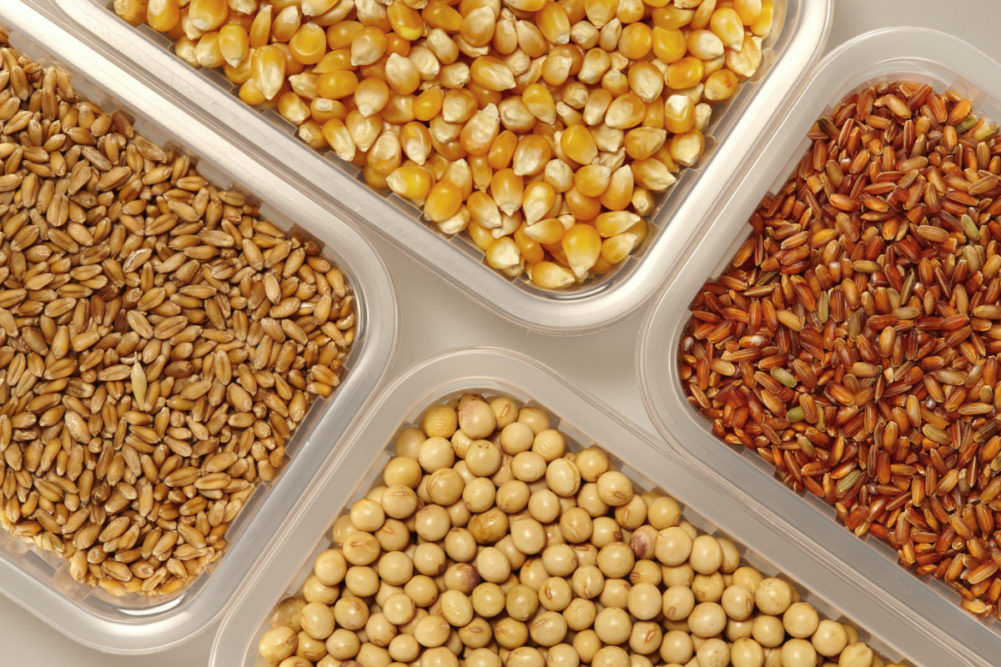LONDON, ENGLAND — Global corn production in the 2020-21 marketing year was revised downward by 10 million tonnes in the International Grains Council’s (IGC) latest monthly Grain Market Report released on Nov. 26.
The IGC said the reduced output was mainly linked to smaller crops in the United States, European Union and Ukraine.
Overall global grain production was revised downward by 7 million tonnes from the October report but is still forecast to be 33 million tonnes higher than the previous year at 2.219 billion tonnes.
Global soybean output for 2020-21 also was revised lower by 5 million tonnes month-on-month to 365 million tonnes, which would still be a record.
Likewise, the IGC trimmed its rice production forecast by 1 million tonnes from the previous month to 503 million tonnes, but it would still be 6 million tonnes higher than in 2019-20 and a new peak.
Wheat production was revised upward by 1 million tonnes month-on-month to 765 million tonnes, which would be a record.
Total grains consumption is predicted to expand by 28 million tonnes year-on-year to 2.221 billion tonnes, driven by higher use of corn (up 16 million tonnes), wheat (up 6 million tonnes) and sorghum (up 3 million tonnes).
“New peaks for world food and feed use of grains is envisaged, while only a partial recovery from the decline of the previous season is foreseen for industrial use, largely linked to subdued demand for corn processing for ethanol,” the IGC said.
Global grain stocks are projected to be drawn down for the fourth consecutive year to a five-season low of 616 million tonnes, entirely because of a reduction in corn, the IGC said.
“Most of the year-on-year contraction in corn stocks is in China and the US,” the IGC said.
World total grains trade is predicted to expand by 15 million tonnes year-on-year to a record 409 million tonnes, including a 12th consecutive annual increase in corn shipments, record trade in wheat and a four-season peak in sorghum.
The IGC Grains and Oilseeds Index, which monitors price trends, strengthened by 4% month-on-month with gains for all the components other than wheat, which showed only a fractional decline.






